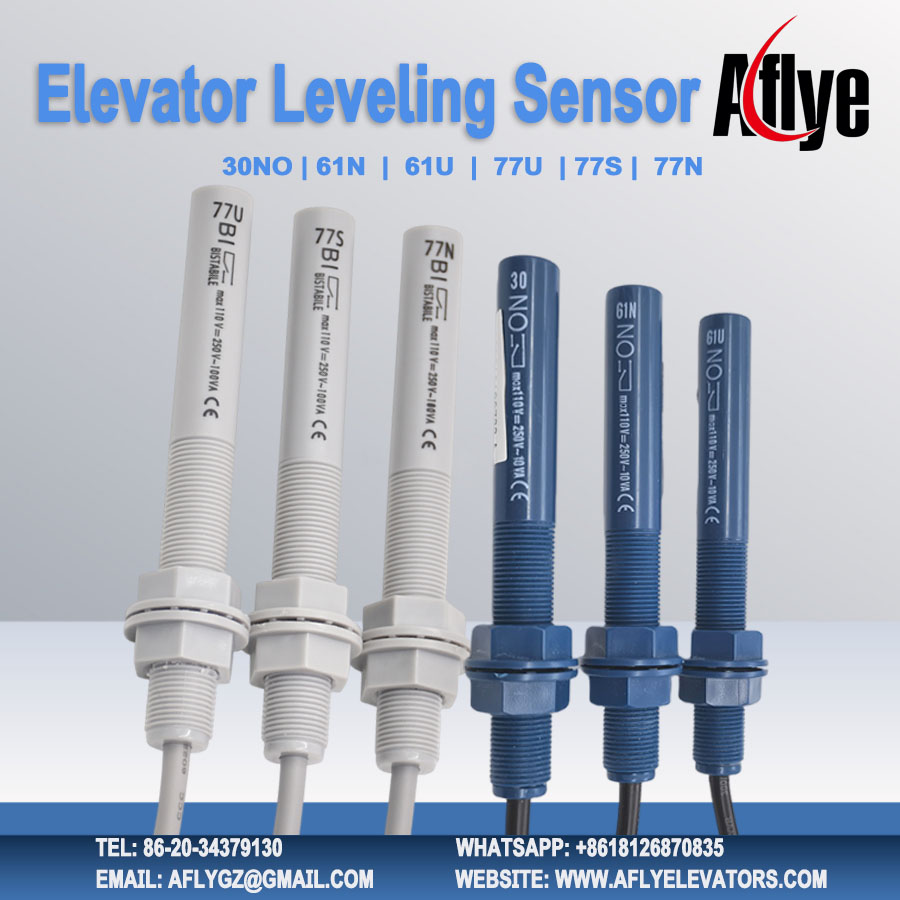Elevator leveling sensors are one of the most critical components in modern elevator systems. They ensure the elevator car stops precisely at the designated floor, aligning the car floor with the landing threshold. This accuracy is essential for passenger safety and comfort. This article explores the working principles, types, and importance of elevator leveling sensors in today’s vertical transportation systems.
How does a elevator leveling sensor work?
Elevator leveling sensors detect the car’s position relative to the floor to achieve accurate stops. This process typically involves two fundamental steps:

Position Detection
The sensor determines the exact position of the elevator car using various technologies such as photoelectric sensors, magnetic encoders, and Hall-effect sensors.
Signal Processing
The position data is transmitted to the elevator control system, which adjusts the motor’s speed and direction accordingly, ensuring smooth and accurate floor leveling.
Types of Leveling Sensors
Depending on their operating principles and technical features, elevator leveling sensors can be categorized as follows:
1.Photoelectric Sensors
These use light beams to detect the car’s proximity to the floor. When the beam is blocked or reflected, it signals the system to stop the car.
Advantages: Fast response, high accuracy
Disadvantages: Sensitive to ambient light and dust
2.Magnetic Encoders
Magnetic encoders detect magnetic marks placed along the elevator guide rail to determine the car’s position.
Advantages: Strong anti-interference, highly reliable
Disadvantages: More complex installation and maintenance
3.Hall-Effect Sensors
These detect changes in magnetic fields as the elevator passes by magnetic markers in the shaft.
Advantages: Simple structure, cost-effective
Disadvantages: Lower precision, affected by temperature
4.Laser Distance Sensors
These sensors calculate the distance between the elevator car and the floor using laser beams and reflected signals.
Advantages: High accuracy, unaffected by ambient light
Disadvantages: Higher cost, complex installation
Elevator leveling sensors play a vital role in ensuring safe and comfortable elevator operation. Each type of sensor has its own strengths and limitations, and choosing the right one depends on the specific application, budget, and maintenance requirements. As technology continues to evolve, future leveling sensors will become even smarter, further enhancing the passenger experience.

